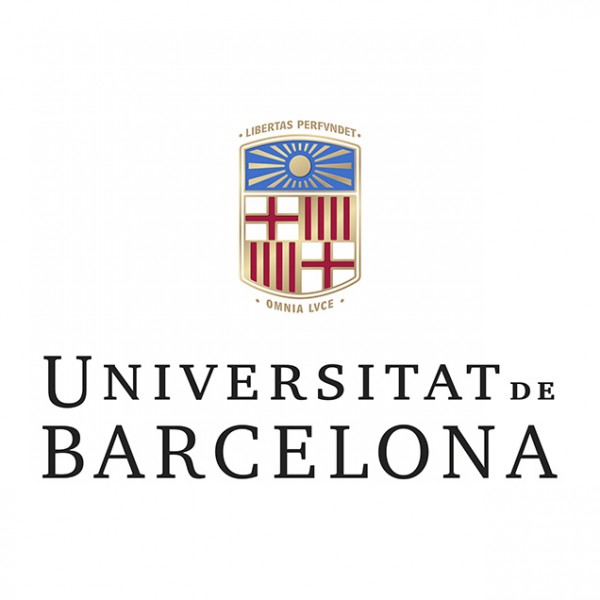ICCUB SEMINAR – Predicting the radiative display of Type Ia Supernovae: The case for multiple progenitor channels
2017-10-30
00:00
Room 507 (Pere Pascual), 5th floor

Type Ia supernovae (SNe Ia) are amongst the most energetic stellar explosions. With typical luminosities several billion times that of the Sun, SNe Ia are visible across a large fraction of the observable universe, and enabled the discovery of its accelerated expansion.
These events are thought to result from the thermonuclear disruption of a carbon-oxygen white dwarf (WD) star as it approaches the Chandrasekhar-mass limit, through accretion from a binary companion. However, the nature of this companion and the mechanisms by which the WD explodes are still debated. I will present the numerical setup developed with my collaborators to predict the light curves and spectra of SNe Ia, which provide support to the viability of the standard Chandrasekhar-mass model for most events. However, this standard model is difficult to reconcile with low-luminosity SNe Ia, making a strong case for the existence of multiple progenitor channels for these events.
Contact email: secretariacientifica(a)icc.ub.edu
